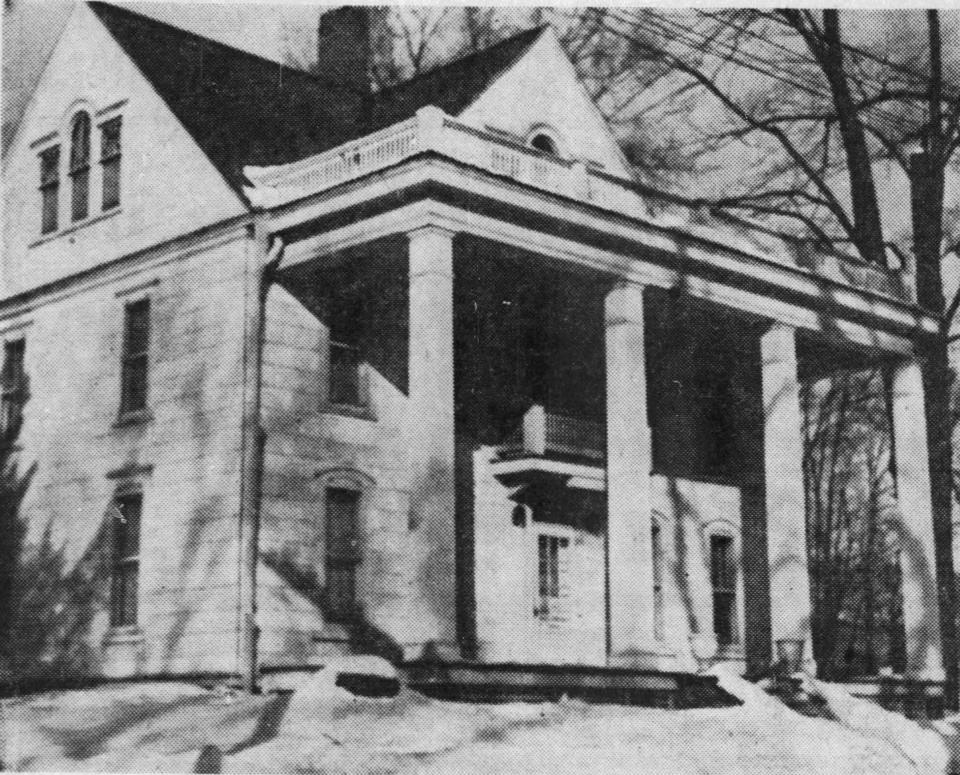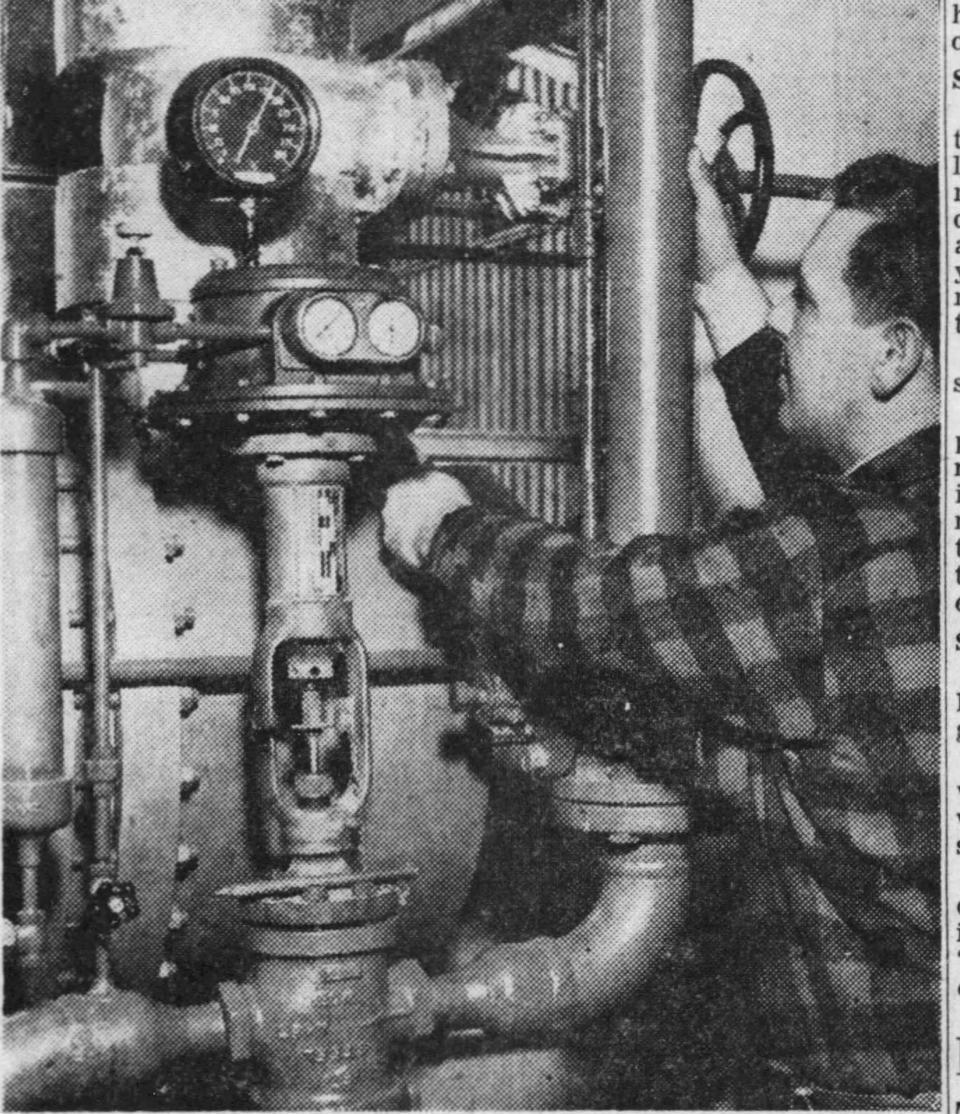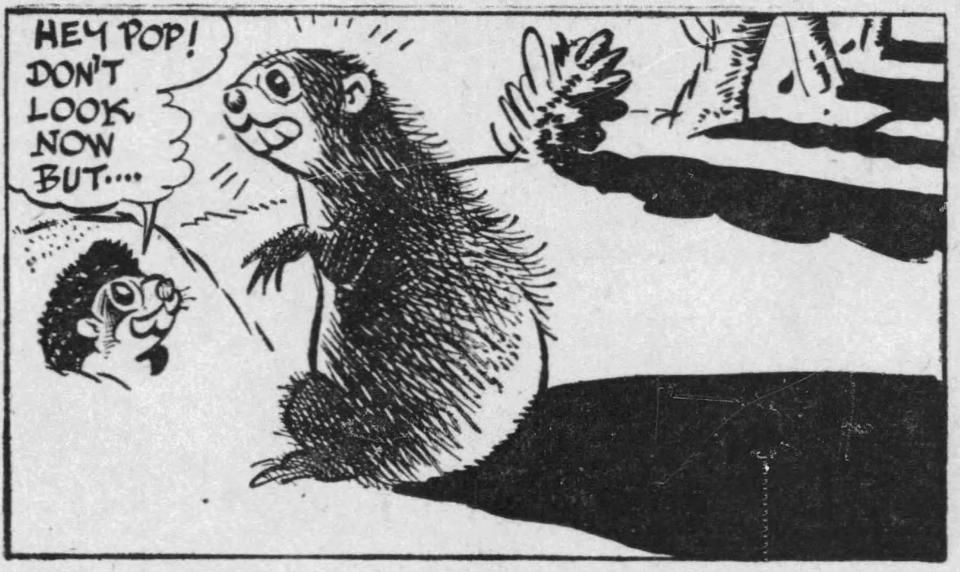We ran out of gas during the frigid winter of 1948: Here's how it happened
It was a cold end of January and beginning of February in 1948. I mean it was really cold at that time. Not the normal 10 or 20 degrees above zero. No, I mean it was 26 degrees below zero in Walton on Jan. 31 of that year. Now that is cold. It was a deep, long cold wave that hit this area.
But that is not the story. It is only a part of it. That cold wave did not just hit our area, but also that deep cold fell over parts of western Pennsylvania, near Pittsburgh and also in West Virginia. While that cold certainly was felt by millions of people, it had a secondary and more dire effect. It created a crisis that lasted for more than four days and affected thousands of people in this area.
What could cold near Pittsburgh have on our area? Well, that is a really good question and one that, today, with backup plans and more, we have not thought about for many decades. You see, at that time, the natural gas that was used in the homes of the Triple Cities region came from gas lines. These gas lines originated near Pittsburgh and in West Virginia. The depth of the cold began to affect the system to deliver that natural gas to the northeast through several gas lines that ran underground.
Subscriber exclusive:High schools 'lightyears behind' in Title IX proficiency: What Chenango Valley case shows
More history:How George F. Johnson's Square Deal was affirmed in the Triple Cities
Public safety:Binghamton residents push to remove school resource officers after Hamail Waddell arrest

As the cold spell hit its stride in the last few days of January, local homeowners’ furnaces were in overdrive to bring adequate heat to the homes and gas to cook on the stoves in those homes' kitchens. As that need for that gas increased, the ability to deliver that natural gas was impeded by the cold at its point of origin. The systems in place to deliver were just not adequate to push that overly cold natural gas to the end destination.
The result was the loss of natural gas to the area. Slowly, and then much more quickly as the cold wave continued, the reserve of natural gas held by the Binghamton Gas Works went to dangerously low levels. The main tank, which many readers remember sitting near the end of the Brandywine Highway, held a normal amount of 3,000,000 cubic feet of natural gas. By the daytime heating period on Feb. 2, 1948, the tank held only 600,000 cubic feet of gas.
The result of this was that many homes and many families were affected – not only in Broome County, but in Walton and other areas. Some homeowners closed off one or two rooms in an effort to conserve gas, and some cooking and baking was not done to lessen the impact on the shortage.

Attempts to rectify the situation were not much better. Many homes had just begun the efforts to move away from coal or propane heat to natural gas. In 1946 alone, 3,800 gas furnaces were installed and the Binghamton Gas Works had 6,115 homes heated by gas in 1948. More homes were heating with gas and there was less natural gas during this four-day near shutoff of the heating resource. An attempt to heat fuel oil and convert it into gas to send to homes worked only sporadically and some of the equipment in homes was damaged by the product.
In Walton, one result of the gas shutoff resulted in frozen pipes. The Stevens Hospital in that community had six patients, two of whom had just had major surgery, and all had to be moved from the medical facility.

Some stoves exploded because owners tried to heat with wood, pipes were frozen with hundreds of calls to local plumbers. A fire was averted in a local barbershop when a driver saw a broken gas heater and called authorities. Hazel Phillips, 63, of Walnut Street was in fair condition after she attempted to relight her furnace and the flames burned her seriously.
Many more stories arose from this bad winter break and shortage of gas. Eventually, the warmer temperatures returned and natural gas reserves began to once again increase in the lines and tanks across the region. But the memories of that cold lingered for decades.
Gerald Smith is a former Broome County historian. Email him at historysmiths@stny.rr.com.
This article originally appeared on Binghamton Press & Sun-Bulletin: Winter of 1948: Cold spell depleted Triple Cities gas supply

